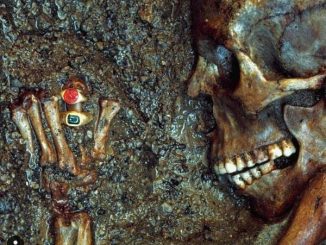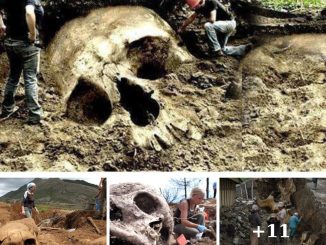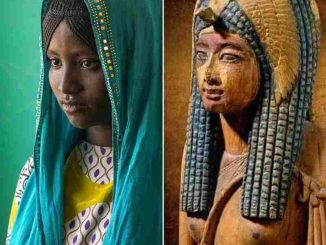Unveiling the Splendor of the Past
In the annals of ancient Chinese history, the Han Dynasty stands out as an era of profound cultural, technological, and artistic achievements. Among the myriad contributions to civilization made during this period, one of the most captivating is the creation of jade burial suits. These ceremonial suits, crafted from thousands of pieces of jade and intended for the entombment of royal members, symbolize the confluence of art, belief, and the quest for immortality. Constructed with meticulous care and linked by gold wire, these suits were believed to preserve the body and soul for eternity.
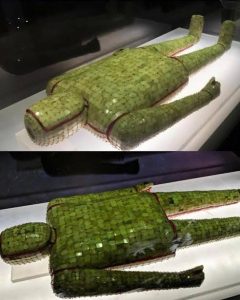
Craftsmanship Beyond Mortality
The construction of a jade burial suit was a labor of devotion and reverence, involving 4,248 custom-cut jade pieces. Each suit was a masterpiece of ancient craftsmanship, its jade plates bound together by delicate gold wire, embodying the high esteem in which jade was held in Chinese culture. Jade, considered the imperial gem, was believed to have protective qualities and the power to ward off evil spirits. The images of these suits, with their intricate patterning and serene beauty, invite us to appreciate not only the technical skill involved but also the profound spiritual beliefs of the Han Dynasty.
Jade suits were first documented in literature around 320 AD, but their use signifies a tradition deeply rooted in the Chinese ethos of respecting and venerating the afterlife. The meticulous construction process reflects a civilization that viewed death not as an end but as a passage to a different existence. Through these ceremonial suits, the dead were equipped for their journey to the afterlife, encapsulated in the purity and eternal allure of jade.
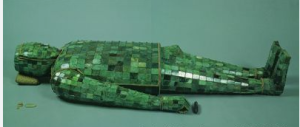
A Testament to Eternity
The discovery of jade burial suits in various tombs has provided historians and archaeologists with invaluable insights into the rituals and societal structures of Han Dynasty China. Each suit serves as a testament to the dynasty’s wealth, the importance of jade in Chinese culture, and the lengths to which people went to ensure their loved ones’ safe passage into the afterlife.
Exploring the images of these jade suits, one is struck by the harmony and balance that characterize Han Dynasty artistry. The suits are not merely funerary items; they are expressions of an advanced civilization’s aspirations, beliefs, and artistic achievements. They stand as silent sentinels of a time when art and spirituality were seamlessly interwoven, and when the mortal world engaged in a dialogue with the eternal.
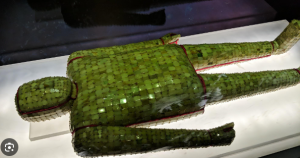
Preserving the Legacy of Ancient Wonders
The jade burial suits of the Han Dynasty are among the most extraordinary archaeological finds, offering a window into the soul of ancient China. Their preservation and study allow us to glimpse the philosophical depth and artistic brilliance of a bygone era. These suits remind us of humanity’s enduring quest to understand the mysteries of life and death, and the universal desire for immortality.
As we marvel at the images of these ancient treasures, we are reminded of the importance of preserving our cultural heritage. They challenge us to reflect on our own beliefs and rituals surrounding death and the afterlife, and they inspire us to honor the past’s wisdom and artistry. The jade burial suits stand as a profound reminder of the Han Dynasty’s legacy, inviting us to continue exploring the depths of human creativity and spirituality.
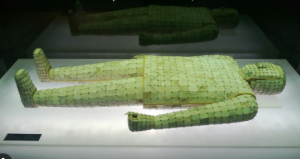
In conclusion, the jade burial suits of Han Dynasty China are not only remarkable artifacts of ancient craftsmanship but also powerful symbols of the human quest for immortality. Through their intricate design and the sacred material from which they are made, these suits connect us to the spiritual and cultural life of an empire that left an indelible mark on history. As we delve into the mysteries they embody, we pay homage to the legacy of a civilization that, even in death, sought to celebrate the beauty and enduring spirit of life.
